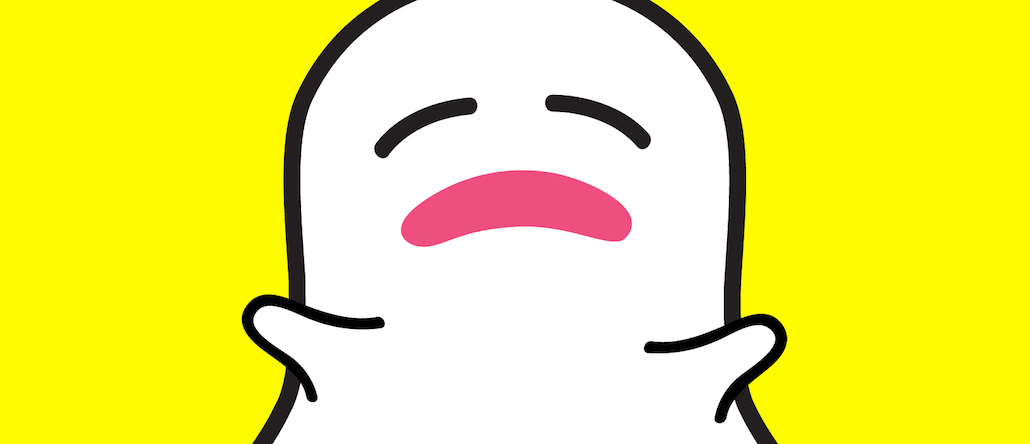Snapchat stops autoplay, marketers grapple with declining view counts

This story has been corrected. Please see below.
When venture capitalist Hunter Walk tweeted on Sunday that views on his Snapchat Stories has dropped by 33 percent since the platform started removing its autoplay feature on Oct. 7, he struck a chord.
Twitter user Alex Brooks commented that the brand he is working for has seen a 35-40 percent drop in views, as well. Meanwhile, based on metrics from more than 100 Snapchat accounts with over 10,000 views per snap, Snapchat analytics platform Delmondo found that view counts have dropped by an average of 15 percent since Snapchat removed autoplay.
While it should come as no surprise that Snapchat’s dropping autoplay has led to a decline in views, marketers do not seem to be adjusting their strategies on Snapchat. Snapchat does not charge for organic views or stories, with pricing based on a CPM basis depending on impression goals.
“Do we want to show our clients high view counts? Sure. But we’d much rather show them a community of brand advocates that really care about and choose our brand and ultimately drive business goals,” said Kevin Del Rosario, associate director of social media for agency Huge.
“Our Snapchat views have decreased a bit since the change, but we’re not changing our strategy because engagement actually hasn’t decreased for us,” said an online retailer who prefers anonymity. “We’re still seeing the same number of followers who are chatting us directly or taking screenshots of our Snaps.”
Will Thompson, senior social strategist for agency Giant Spoon, echoed the same sentiment, arguing that the marketing will define Snapchat’s pricing. “Snapchat is unlike Facebook because it never promises organic reach while Facebook made a big switch on that,” said Thompson. “If you are looking for valuable engagement, Snapchat is the place to go.”
Moreover, though, the change is a signal that on Snapchat, it’s all about pay to play. “We have seen how Snapchat is directing brands to their ad products over the past few weeks,” said Scott Linzer, vp of owned media for agency iCrossing.
Agencies see Snapchat’s ad sales approach as experiencing growing pains.
Advertising on Snapchat can be expensive. While cheaper options like branded geofilters are available, sources said that other options like lenses can be well over six figures, much more expensive than paid media on Facebook and Twitter. Beyond the video metric, there are some indications that Instagram Stories has caused Snapchat’s growth to slow down, according to a social media executive who analyzed data from App Annie and Google Trends.

As he described it, Snapchat is filled with users who watch disappearing stories so the platform’s biggest challenge is the attention that it has, which will ultimately be a reason why Snapchat won’t be able to live up to lofty valuation expectations.
“If at any point its users find something they like better than Snapchat, say, Instagram Stories, then what does Snapchat have anymore? Essentially nothing. But now, tons of my friends love it,” he said. “I personally believe Snapchat moved their IPO up to March because it recognized the trends and didn’t want it to potentially sabotage that process if they waited too long.”
This story initially said all advertising on Snapchat costs over six figures. There are options like geofilters which start at $5, as well as Snap Ads options under $100,000. Digiday regrets the errors.
More in Media

No playbook, just pressure: Publishers eye the rise of agentic browsers
For the bulk of publishers, Google is, as ever, the one to watch. It’s already got agentic features within its Chrome browser, but that’s the tip of the iceberg, some say.

The biggest SEO lessons in 2025 for publishers
KPIs are changing, more AI search data is becoming available, and publishers are looking beyond search to grow their audiences and revenue.

Digiday’s comprehensive guide to what’s in and out for publishers in 2026
Adaptability stopped being a nice-to-have for publishers years ago; it became a survival skill. Here’s a look at Digiday’s guide to what’s in and out for 2026.








